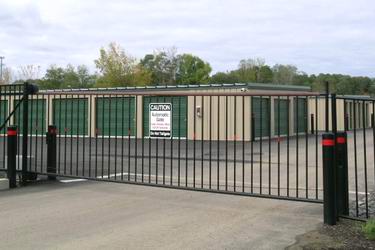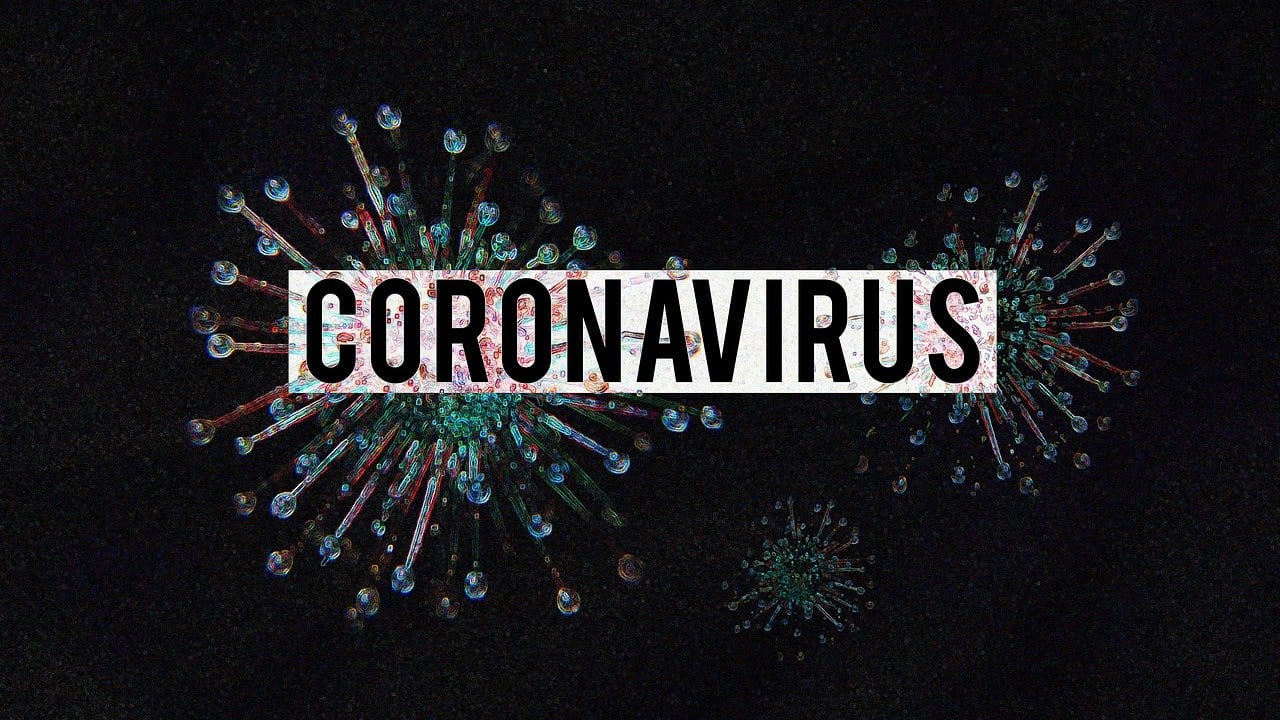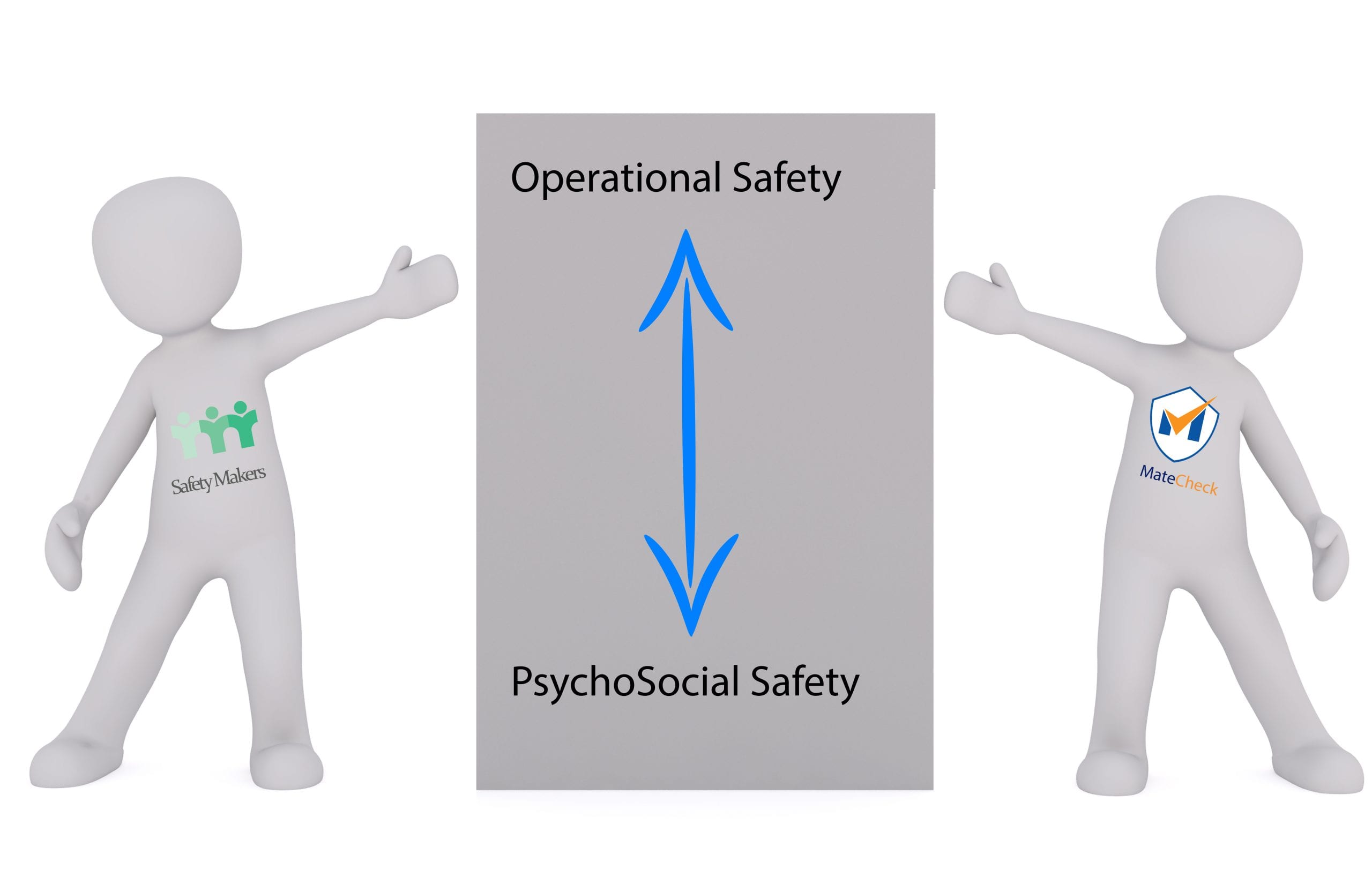Hazards Vs Risk
When we talk about workplace safety we commonly refer to part of the Risk Management process as being to identify hazards and assess risks. To enable us to do this it is important to clearly understand the difference between a hazard and a risk. Confusion between these two terms is quite common and the effective application of risk management strategies in workplaces can be compromised as a result.
Very simple definitions and explanations that we can use to unpack these two terms are………….
Hazard = A situation or thing that has the potential to harm
Therefore, a hazard is something that is tangible. Essentially we can think about a hazard as being the “source” or “cause” of potential harm.
HAZARD = CAUSE / SOURCE
When we are identifying hazards, we should not always restrict our thoughts to people, we may extend hazard identification to include hazards that could potentially harm animals, equipment, buildings or the environment etc.
Risk = The possibility that harm (death, injury or illness) might occur when exposed to a hazard
So, risk is identified as being the possible harm that “results” from exposure to a hazard.
RISK = POSSIBLE RESULT
Having identified hazards, the risks arising from them should be assessed. Risk Assessment involves determining the likelihood of an incident occurring, and the level of harm that could result.
When we assess risks, we need to determine what sort of harm could happen, how likely it is that this harm occurs, what the severity of the harm could be and how frequently someone is exposed to the hazard. This is how we calculate the level of risk associated with each hazard that is present in our workplace.
What is the HAZARD → what are the RISKS associated with that hazard → Assess the risk
(LIKELIHOOD x CONSEQUENCE x FREQUENCY) = RISK LEVEL
Use a Risk Assessment, in consultation with workers, to determine the best means of identifying, assessing, eliminating or controlling the risk. A control measure is something you do to reduce risk. It can be a process, procedure, or action that will eliminate or reduce the risk posed by specific hazards.
Here are some examples of common workplace safety hazards and their associated risks……..
Hazard = noisy machinery Risk = deafness; hearing loss; failure to hear warning signals resulting in injuries
Hazard = cleaning chemicals Risk = chemical poisoning; allergic reactions; chemical reaction causing chemical burns or eye injuries
Hazard = violence Risk = psychological illness; physical injury
Hazard = electricity Risk = electrocution or electric shock; involuntary body reaction to electric shock causing fall onto floor resulting in injuries
Hazard = lifting people Risk = Musculoskeletal injury caused by overstretching and twisting while lifting a person resulting in serious back injury
Hazard = animal handling Risk = trampled by uncontrolled animal causing fractures and bruising
Hazard = working at height Risk = death or serious injury caused by fall from one level to another
Hazard = moving vehicles Risk = death or serious injury caused by being hit or run over by a moving vehicle
As you can see from these examples, there can be more than one risk resulting from a single hazard. It is an interesting exercise in a workplace to give the above information to your workers, and see if they can identify more risks that are associated with each of these hazards listed in our example. This is a simple yet effective exercise that can help people actively think about the hazards and risks in your workplace.
STOP → THINK → PLAN = WORK SAFE
SAFETY MAKERS
INTELLIGENT WORKPLACE SAFETY SOLUTIONS
Phone: 0448 27 32 32









